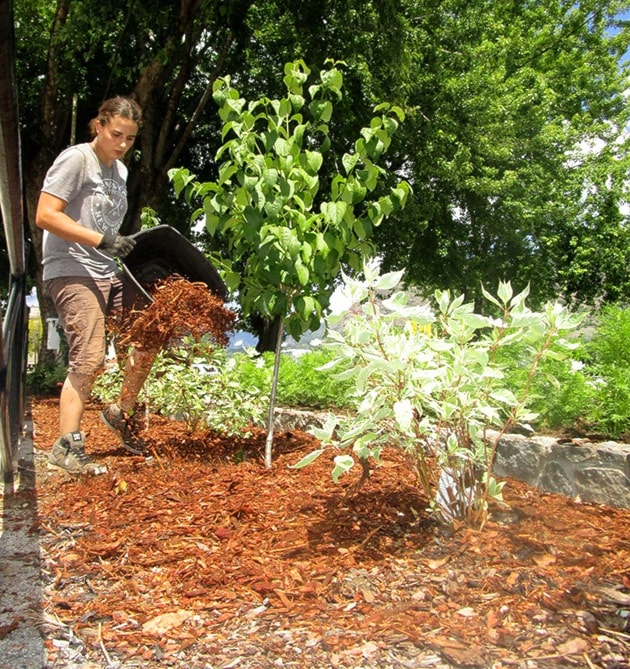Pople plays
A new homeowner near Pople Park is asking the city to do something with the green, like put up a fence. After removing trees and foliage from the steep bank, the homeowners first voiced concern over errant soccer balls landing on their property, and in later months, baseballs. The city advised the homeowner to track the number of incidents before forwarding a report for council review. In the interim, municipal staff followed up with soccer teams and asked them to refrain from kicking balls near unfenced areas of the park, which improved the situation.
The matter of errant baseballs came to the table this week, with a fence option included. At this point, the homeowners have reported close calls but no actual property damage or personal injury. Council took a conservative approach, directing staff to contact Youth Baseball organizers to develop methods of play that mitigate the ongoing concerns.
Additionally, the panel agreed to consider fence costs as part of 2017’s five-year Capital Plan.Further, council agreed that Butler Park is a higher priority for future capital investment to deal with property damage and potential personal injury associated with baseballs leaving the playing field.
Perennial proposal
Council agreed to extend its Trail Flower Bed Contract with M.B. Landscape designs for another five years beginning this fall when the contract increases two percent to $60,000. The company has held the agreement since 1995, that first year being paid $53,500. Council agreed that for 21 years, M.B. has well maintained the flower beds, managing the work with a responsible crew and moderate contract increases. Chief Administrator David Perehudoff pointed out that past attempts to tender out this contract in the past has not garnished any interest besides M.B. Landscaping.
Proactive planning
After purchasing a Bay Avenue building for teardown, thereby making more space for the new Riverfront Centre, the city was tasked with removal of hazardous materials before demolition of 1537 Bay Ave. Council approved $250,000 for the work, including the purchase itself. However, unforeseen costs related to hazardous material removal has the project sitting $16,000 above budget. With the first phase complete, during Monday’s governance meeting, council had three quotes for demolition to review, ultimately awarding low bidder Impact Equipment, with a $83,000 contract.
Perehudoff clarified the total anticipated budget to complete all work is now $315,000, which will result in a deficit of $65,000. This shortfall will be funded from prior years’ surplus as there are no other projects identified at this time that can be deferred to cover the deficit, he added.
Property pay up
Perhudoff reported that 94 per cent of the city’s 2016 property taxes have been paid up, noting little or no complaints from the paying public. Notwithstanding council’s decision to modify the city’s property tax structure for the residential class between ad valorem rate and flat tax, there were very few complaints as the offsetting change did not have a significant impact on many properties, he added. “Where assessments did increase, property tax levies did go up but most likely the level of increase would have been higher in the absence of making the flat tax adjustment,” he said. “In this regard, while there were some initial concerns raised, they were unfounded.”
Purity problems
Following a 2015 tour by the WorkSafe Hygiene Officer, the city was required to fine tune the Ozone Room at the Trail aquatic centre. (Ozone acts as a powerful sterilant and is used to destroy bacteria, viruses and odors) When the officer and staff re-calibrated the ozone settings to meet WorkSafe requirements, air seepage into the room was just enough to set off the alarm system. As compliance could not be met without triggering the alarms, the ozone system has remained unused since that time. Council agreed to flow $16,000 into the project for HVAC contractors to bring the room up to code and in compliance with Worksafe regulations.
